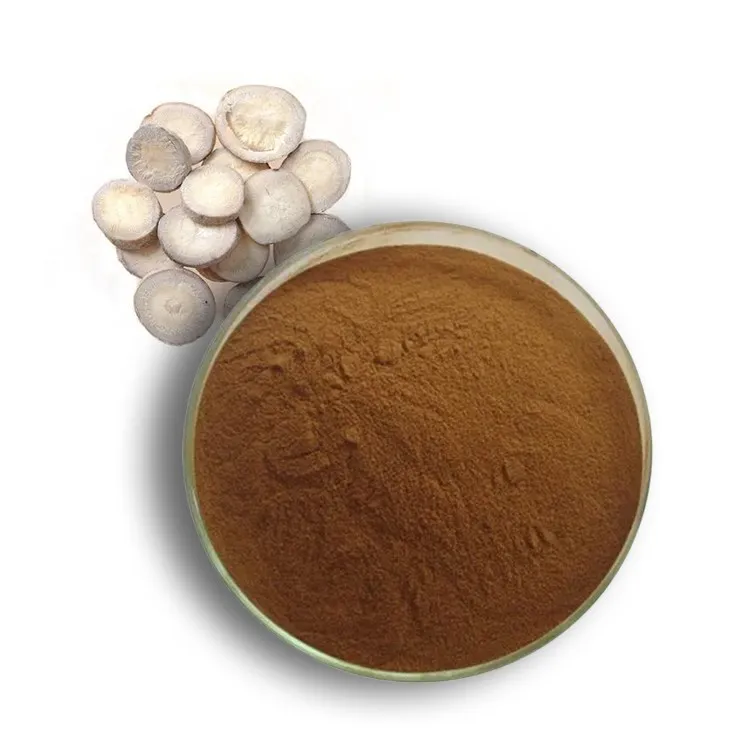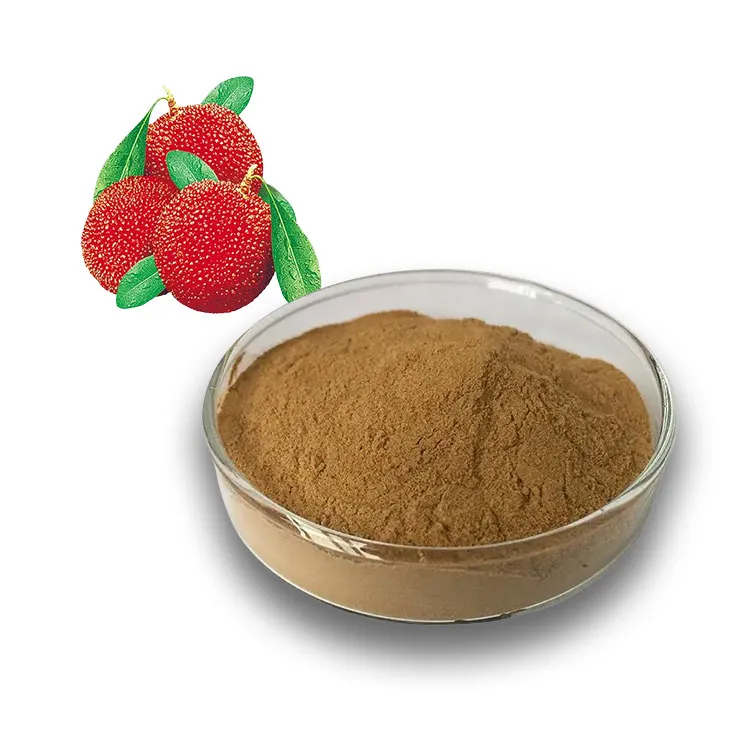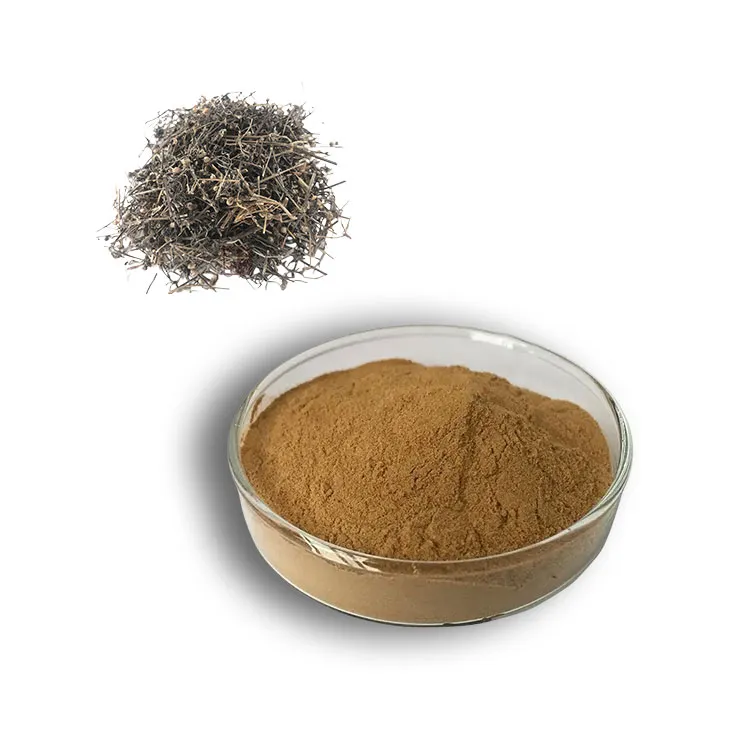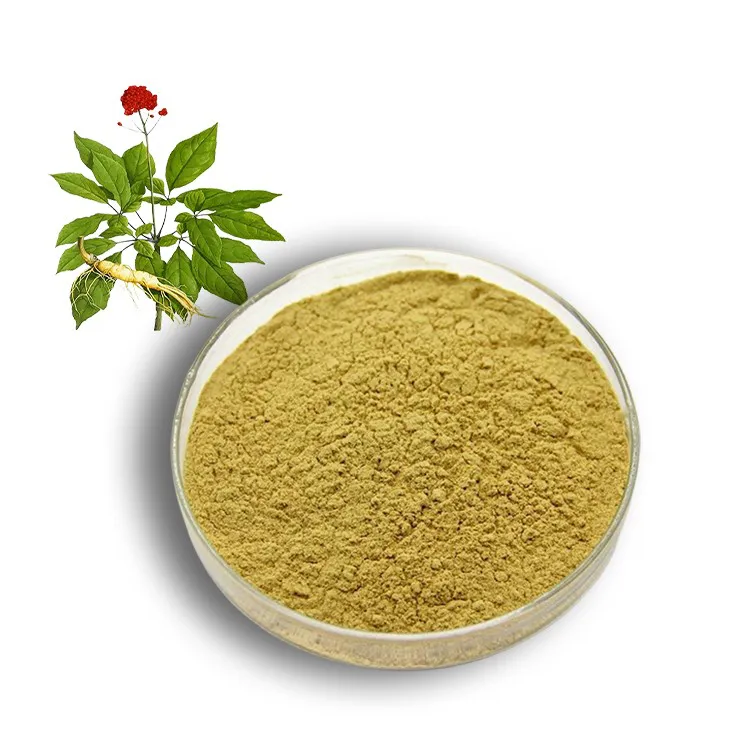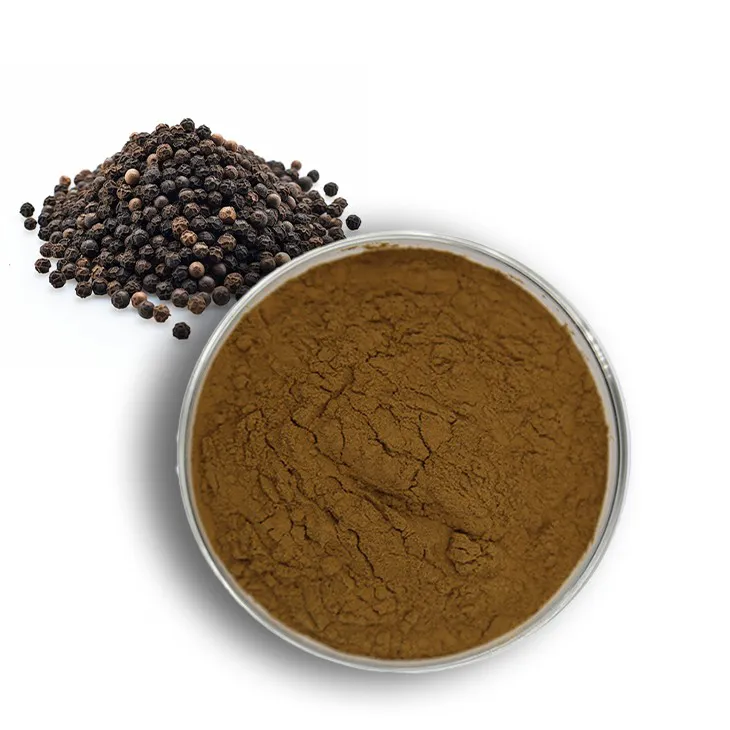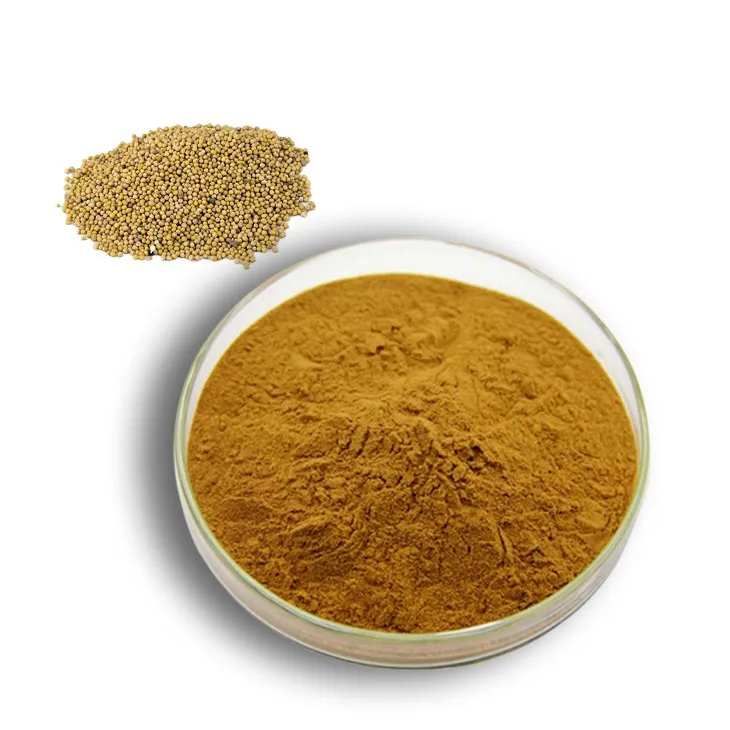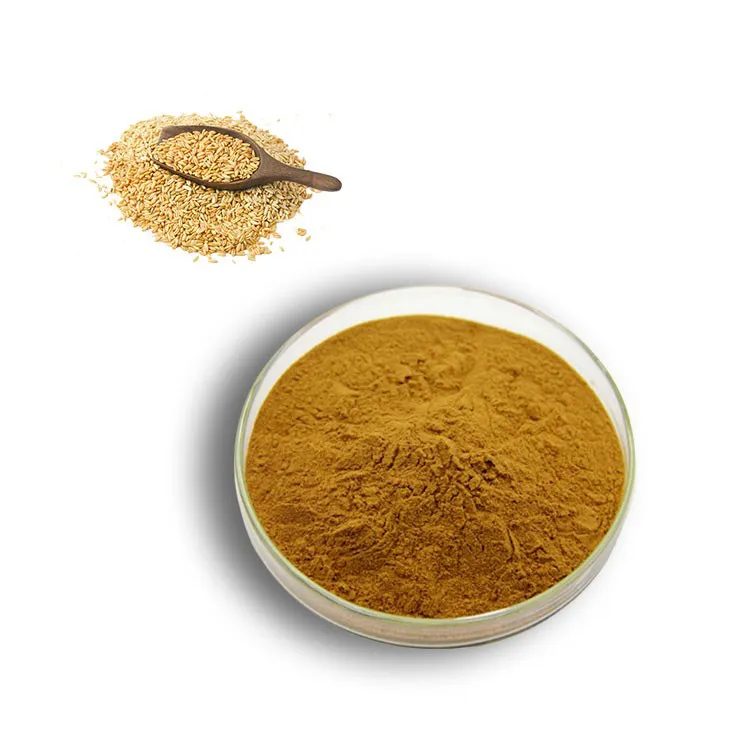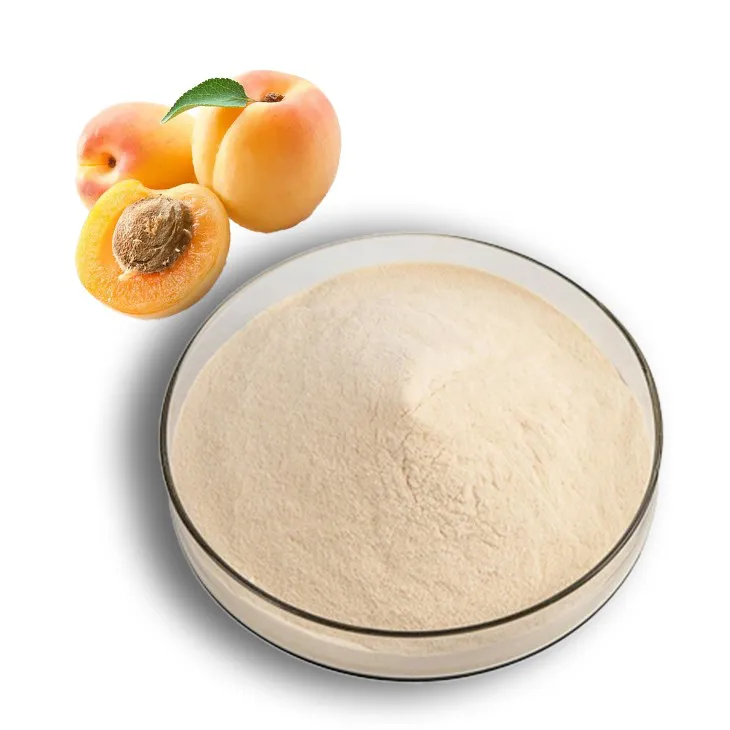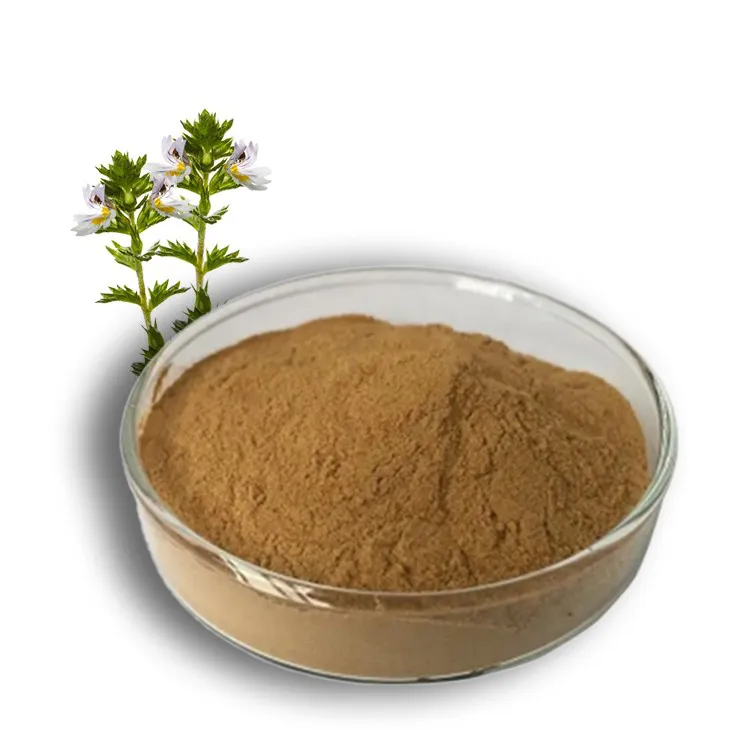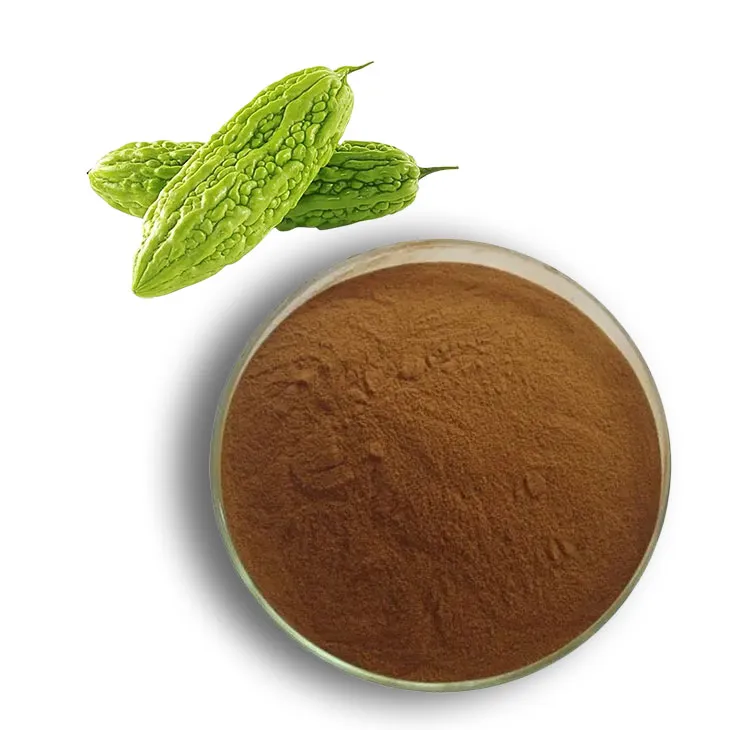- 0086-571-85302990
- sales@greenskybio.com
Milk Thistle: A Timeless Herbal Ally for Liver Health and Beyond
2025-04-09
Milk thistle (Silybum marianum), also known as Mary thistle or holy thistle, has been a cornerstone of herbal medicine for over 2,000 years. Celebrated by ancient Greek and Roman physicians for its liver-supporting properties, the plant owes its efficacy to silymarin—a potent mix of flavonolignans known for antioxidant and anti-inflammatory effects.
Native to Europe, North Africa, and the Mediterranean, milk thistle is identifiable by its striking purple flowers and spiny leaves adorned with white veins. This aesthetically unique plant is a renowned symbol of natural healing, with its ties to folklore and reverence in traditional medicine.
Historical Significance and Medicinal Properties
The therapeutic journey of milk thistle is storied, with ancient Greek and Roman healers like Pliny the Elder documenting its benefits for liver ailments. The plant's scientific name, Silybum marianum, draws from legend, with its milky-veined leaves supposedly linked to the Virgin Mary.
Throughout the Middle Ages, milk thistle found its place in European herbal remedies, addressing liver and gallbladder conditions. By the 16th century, it was prominent in Leonhart Fuchs' medical texts, establishing its legacy in herbal lore. Today, it is widely cultivated, especially in China, the U.S., and Germany, with its seeds harvested for their potent medicinal compounds.
Nutritional Composition and Health Benefits
The health secrets of milk thistle lie in silymarin, comprising up to 80% of its active compounds. This antioxidant-rich group fights oxidative stress and inflammation, supporting detoxification and cell protection. Milk thistle also contains flavonoids, fatty acids, and vitamin E, which enhance its beneficial effects.
Renowned for its liver-protective abilities, milk thistle aids in liver cell regeneration and toxin defense. It shows promise in managing blood sugar, enhancing skin health, and protecting brain function, potentially preventing heart disease and cancer.
Incorporating Milk Thistle into Your Routine
Available as capsules, tinctures, teas, and powders, milk thistle is favored for liver support with recommended silymarin doses ranging from 140 to 210 milligrams, taken two to three times daily. Consultation with healthcare providers is essential before starting any supplement regimen.
Culinary applications of milk thistle include ground seeds in smoothies, tea lattes, energy bites, and detoxifying salad dressings. This herb adds a mild, earthy flavor to dishes, complementing other herbs like dandelion or ginger.
Culinary Uses and Recipes
While primarily a supplement, milk thistle seeds and leaves can transform culinary dishes:
- Smoothie: Blend ground seeds with spinach, banana, almond milk, and honey for a nutritious start.
- Tea Latte: Combine steeped milk thistle tea with cinnamon, ginger, and steamed milk.
- Energy Bites: Mix ground seeds with oats, almond butter, and dark chocolate for a healthy snack.
- Salad Dressing: Infuse olive oil with seeds, lemon juice, garlic, and herbs.
Milk thistle's enduring popularity stems from its robust health benefits and deep-rooted history. As a supplement, tea, or culinary ingredient, it remains a versatile ally in natural wellness.
- ▶ Hesperidin
- ▶ citrus bioflavonoids
- ▶ plant extract
- ▶ lycopene
- ▶ Diosmin
- ▶ Grape seed extract
- ▶ Sea buckthorn Juice Powder
- ▶ Beetroot powder
- ▶ Hops Extract
- ▶ Artichoke Extract
- ▶ Reishi mushroom extract
- ▶ Astaxanthin
- ▶ Green Tea Extract
- ▶ Curcumin Extract
- ▶ Horse Chestnut Extract
- ▶ Other Problems
- ▶ Boswellia Serrata Extract
- ▶ Resveratrol Extract
- ▶ Marigold Extract
- ▶ Grape Leaf Extract
- ▶ blog3
- ▶ Aminolevulinic acid
- ▶ Cranberry Extract
- ▶ Red Yeast Rice
- ▶ Red Wine Extract
-
White Peony Extract
2025-04-09
-
Bayberry Extract
2025-04-09
-
Hedyotis Diffusa Extract
2025-04-09
-
Panax Ginseng Leaf Extract
2025-04-09
-
Black Pepper Extract
2025-04-09
-
White mustard seed extract
2025-04-09
-
Oat Straw Extract Powder
2025-04-09
-
Apricot Powder
2025-04-09
-
Eyebright Extract
2025-04-09
-
Bitter Melon Extract
2025-04-09











